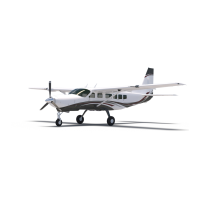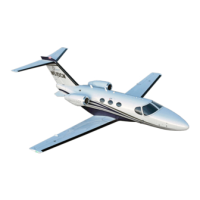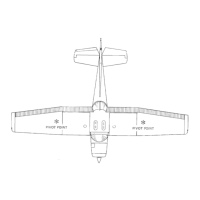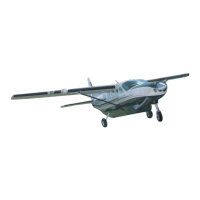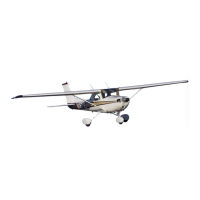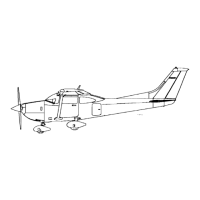Emergency Procedures.
Emergency Descent
1. Throttle closed and mixture rich for the practice manuever (SIMULATE emergency checklist)
2. Get air speed above 100kts
3. Roll into a 45 degree bank, allowing the nose to drop and initiating a descent
4. Allow the airspeed to stabilize at Vno execute medium bank 90 degree turns.
5. Stop the emergency descent no lower than 1000’ AGL and prepare for landing.
Performance Maneuvers.
Steep Turns
Maneuver standards: ALT +/- 100’ Bank 45°+/-5° HDG +/-10° Speed +/-10kts
NOTE: Minimum safe altitude for this maneuver is 1500’ AGL. Crosswinds Aviation requires a minimum altitude of 3,500’ AGL.
Establish Cruise and complete the Pre-maneuver Check.
1. Perform clearing turns
2. Set power to 2200 RPM
3. Starting speed 90-95 KIAS
4. Select a heading or reference point for rollout
5. From straight and level coordinate aileron and rudder to roll into a 45
o
bank.
6. Add a small amount of power (100 – 200 RPM) as you roll through 30
o
of bank
7. Maintain altitude and airspeed
8. Reference the horizon to assist with maintaining altitude and bank angle
9. Maintain bank angle with aileron, coordinate with rudder
10.Apply opposite aileron to counter over-banking tendency
11.Anticipate rollout by half the angle of bank (20 - 25 degrees)
12.Roll out using coordinated aileron and rudder pressures to straight and level flight
13.Repeat in the other direction
14.Exit at the point of entry at the same altitude and airspeed at which the maneuver was started
15.Adjust power to 90-95 KIAS
NOTE: The primary reason for making an
emergency descent in a non-pressurized
aircraft would be engine or cabin fire. While
making the descent, the pilot should make an
effort to perform the appropriate non-normal
checklist. !
(Flap settings and descent speeds may change
Ask your IP)

